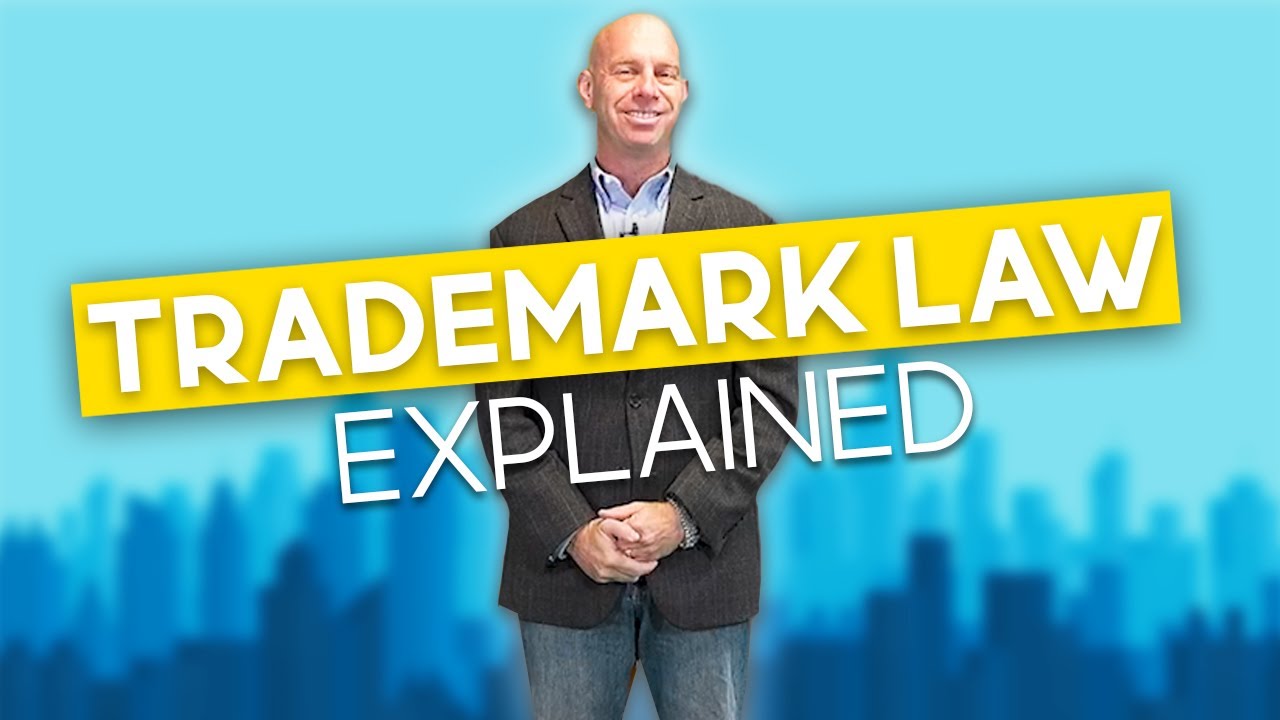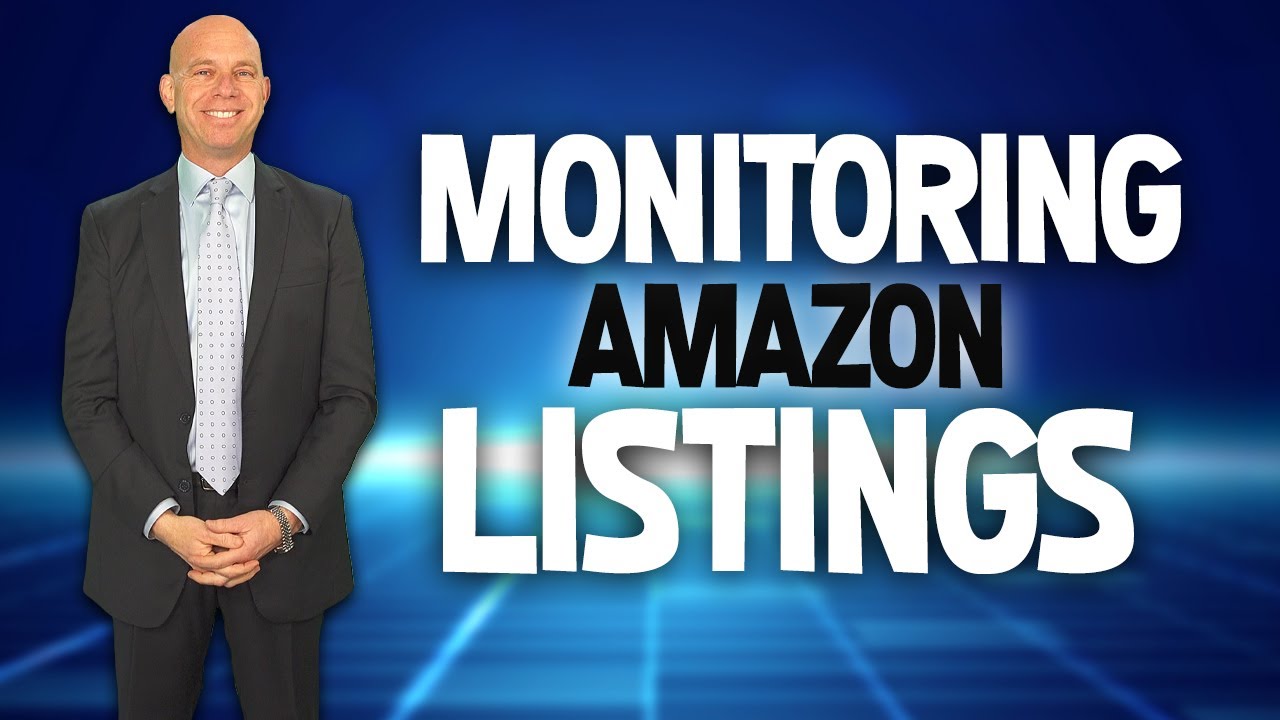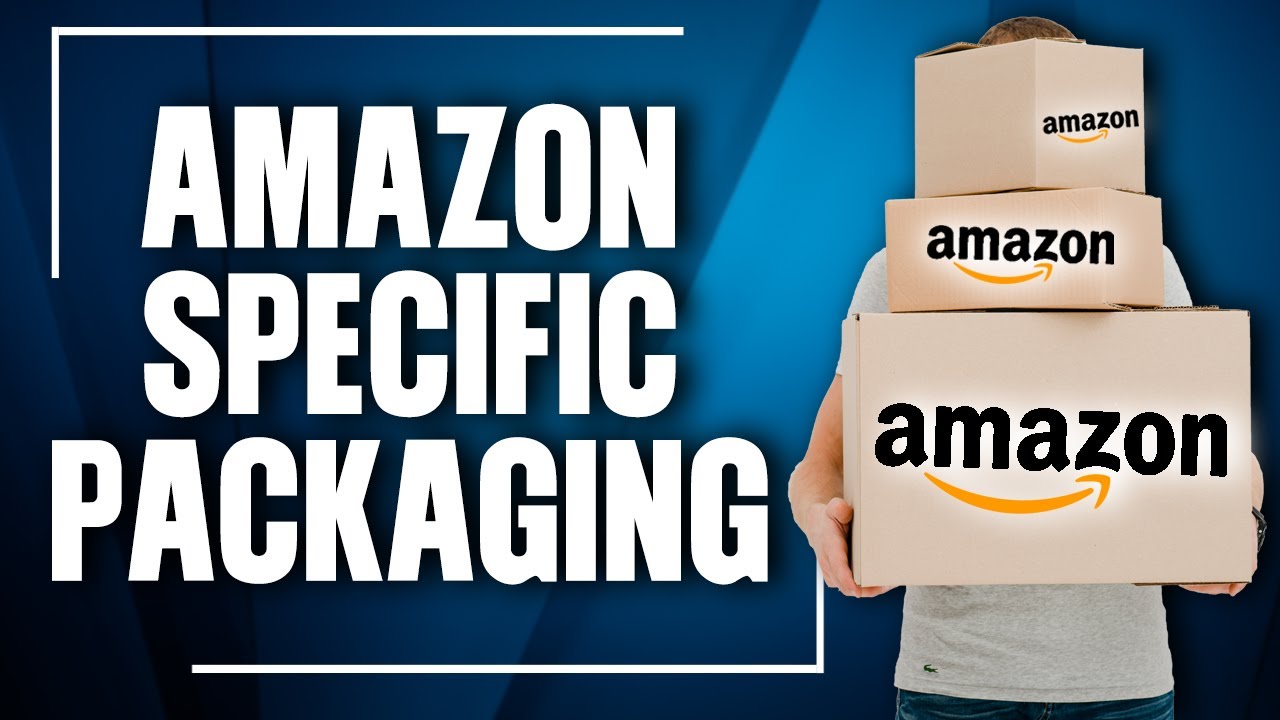
Amazon is taking an even further action in its fight against counterfeiters and intellectual property violations.
 Recently, the e-commerce giant announced that they will be expanding the Brand Registry program and implementing new tools to help sellers protect their brands and rights.
Recently, the e-commerce giant announced that they will be expanding the Brand Registry program and implementing new tools to help sellers protect their brands and rights.
Although Brand Registry has been around since 2015, it was technically in a testing phase. Now that Amazon plans to revamp the program, we have decided to provide an overview and highlight what changes may be ahead for Amazon sellers.
What is Amazon Brand Registry?
Amazon Brand Registry helps you protect your intellectual property and create an accurate and trusted experience for customers on Amazon. It is a tool created by Amazon to protect brand owners as they sell on the Amazon platform. Many sellers encounter problems maintaining their own listings. Before Brand Registry, many private label sellers and small / new brand owners did not have an option to truly establish a brand on the Amazon platform. Their choice of listings were limited to the generic listings Amazon provided and there was no availability to personalize content.
Further, without Brand Registry, sellers are at an increased risk of hijackers taking over their listings. If a seller’s listings are not registered, hijackers can change product details on the listing. However, once you are registered with Brand Registry, you obtain the rights to control the content for your private label products and listings within that registered brand.
Who is eligible for Amazon Brand Registry?
According to Amazon, Brand Registry is available to sellers who sell their own branded products. By signing up with the Amazon Brand Registry program, these sellers may establish themselves as the known brand owner on the Amazon platform. Overall, utilizing Brand Registry can make things much simpler for private label sellers by giving them more control and recognition for their brand.
Manufacturers, private label owners, and distributors are all eligible to register.
Therefore, if you manufacture your own products or are a brand owner / manager, you may apply to place your brand on the Brand Registry.
What is required when applying?
In order to benefit from the Brand Registry program, sellers will need to complete the application process. It typically takes between 10 days to 2 weeks for an application to be processed and approved by Amazon.
To enroll in Amazon Brand Registry, you will need:
- An active registered trademark for your brand that appears on your products or packaging
- The ability to verify yourself as the rights owner or the authorized agent for the trademark
- An Amazon account – you can use an existing Amazon account (credentials associated with Vendor or Seller Central) or create a new one for free
Remember, if you are an authorized distributor or reseller who wishes to apply for Brand Registry, you also need to obtain an authorization letter from the manufacturer or brand owner of the product you wish to sell. You may also need to prove that you hold a valid trademark. At AmazonSellersLawyer.com, we see sellers who have been denied Brand Registry because their trademark application was still pending.
Updates to the program – Brand Central
Brand Central will be a “suite of digital tools” aimed at protecting Amazon sellers’ intellectual property rights. The details behind the program are vague, but Amazon has repeatedly commented that it has zero tolerance for intellectual property and counterfeit notifications, so sellers should remain optimistic for improved protections. We have gathered what we know so far below:
Report a Violation Tool
Towards the end of March 2017, Amazon started sending sellers invitations to the Beta launch of the “new” Brand Registry. The Report a Violation Tool will allow brand owners to register their logos and intellectual property with Amazon. Once registered, Amazon can protect sellers if a claim of infringement is brought to their attention. Amazon will be able to quickly verify the infringement and subsequently remove or take down the violative listing. The Report a Violation Tool aims to increase Amazon’s ability to reliably hold individual counterfeiters accountable for their actions.
Amazon Transparency
Amazon Transparency will allow sellers to attach special labels to their products. These Transparency labels will include a unique code that can be used to identify an Amazon seller’s product’s origins. To learn about the item, buyers can scan the label with their phone or tablet.
Manufacturers that participate in the program are the source for the information about their products. Participating manufacturers can place Transparency codes on their items when they are made and provide data about each item’s origins, authenticity, and more. Some manufacturers can also choose to offer more information about their products’ materials or ingredients.
Key Attributes
During the enrollment process, sellers wishing to obtain Brand Registry must identify what is known as a key attribute. A key attribute is a value used to uniquely identify each of a seller’s products. Amazon has this requirement to ensure that all listed products are unique and to avoid duplicate listings. Brand owners can select which key attribute or combination of attributes they wish to use to identify their products. Manufacturers part number, catalog number, and style or model numbers are the most popular choices for key attributes.
Once a seller is enrolled in the Brand Registry program, to list products, the seller must include in the listing both their brand name spelled and capitalized exactly how it was on the Brand Registry application and a unique value for the key attribute(s) selected in their application.
If you don’t take adequate steps to protect your brand and merchandise, you put your account at risk of being hijacked.
How does Brand Registry protect sellers?
Many companies and even some third-party sellers are constantly on the lookout for susceptible listings that will be easy to take over.
By registering with Amazon Brand Registry, you become locked to your brand, and you receive exclusive control over all the content on all listings for your Brand Registry products within that registered brand.
It is important to note that brand registry grants you the rights to control the content of the listings only. Brand Registry does not, unfortunately restrict others from selling the product, but it does ensure that the product is listed accurately.
If you have private label products listed already and want to register them with Amazon Brand Registry to prevent hijacked listings, you need to start over and re-submit your listings under your desired brand. Fill in all the data you want to display – once approved, all of this content becomes locked to your brand, with the exception of the main product image.
Don’t leave out any details. If you omit any product details, someone else can submit them for you, and they will likely be inaccurate or not up to your brand’s standards.
Using the Amazon Brand Registry is a worthwhile investment to reduce or prevent hijackers from piggybacking off of your success. When you submit your product details such as a trademark number, key trait, UPC, model number, etc., your private label products are noted as a registered brand in the Amazon catalog when any combination of these features come up.
Does Brand Registry make your listing 100% exempt from any potential hijacking? No. But it does make your listings much more difficult to hijack – there are millions of Amazon sellers, and hijacked listings are much more likely to occur for sellers who do not take the right steps to protect themselves.
Now that Amazon is revamping this program, the protections for brand owners are likely to become stronger and even further inhibit counterfeiters and intellectual property infringement from occurring on the Amazon platform.








